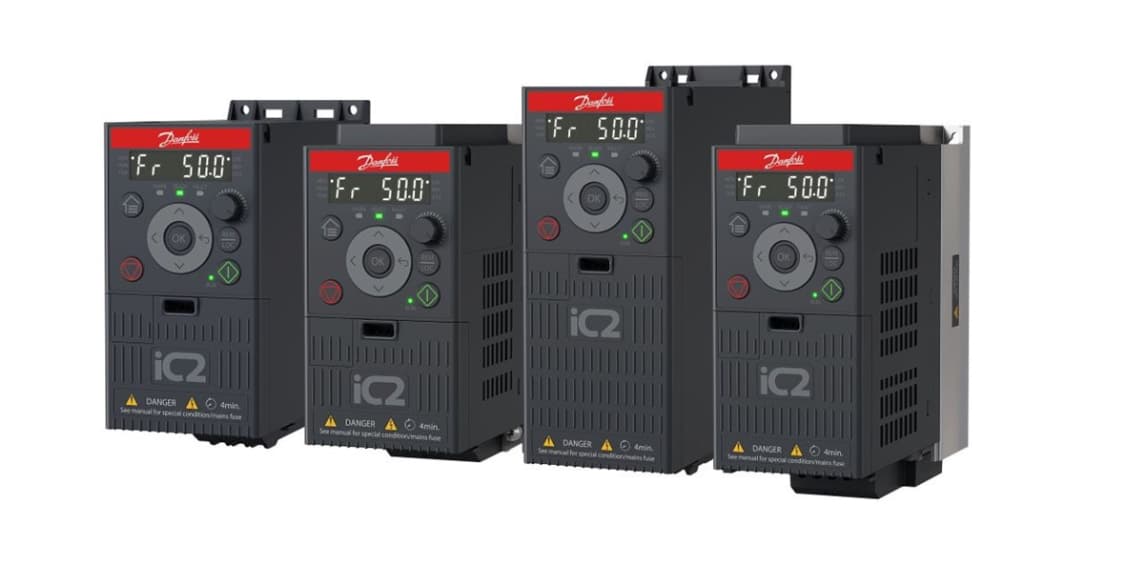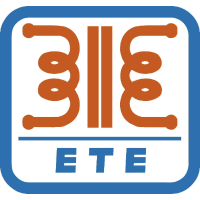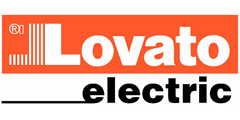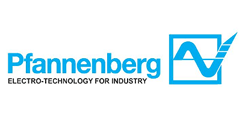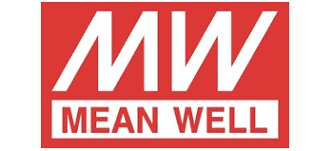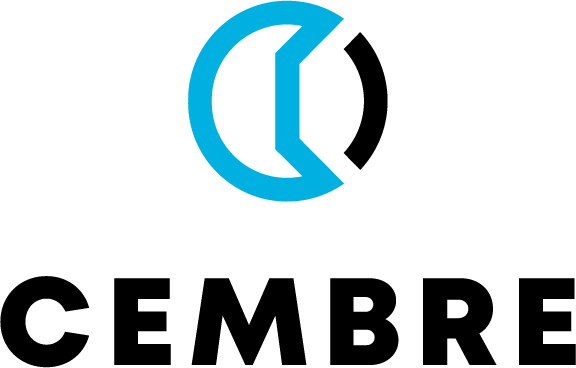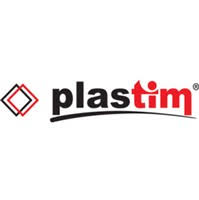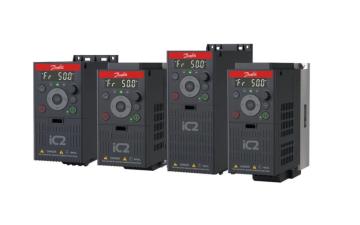Variable speed drives and electric motors have always been critical components for countless applications in factory automation, which typically means that anyone whose job is even marginally technical will need to have a fairly solid understanding of exactly what these components are, and exactly why they’re so vital. And with more than 20 years of experience to our name here at LED Controls, we’re the perfect people to help get you or your team up to speed. So, if you need a quick refresher, here’s what you need to know about variable speed drives and electric motors.
What are variable speed drives and how do they work?
Also known as adjustable speed drives or frequency converters, variable speed drives are devices used to control the speed and torque of electric motors. They’re essential in applications that require fine-tuned motor control to enhance performance and energy efficiency.
They function by converting the fixed-frequency AC supply to a variable-frequency output. This process typically involves several key components:
- Rectifier: Converts the AC input to DC.
- DC link: Smooths the DC signal and stores energy.
- Inverter: Converts the DC back to AC with a variable frequency and voltage.
To get a bit technical for a second, this inverter uses pulse-width modulation (PWM) to produce a simulated AC signal. By adjusting the width of these pulses, the VSD is easily capable of controlling the frequency and voltage supplied to the motor, thereby regulating its speed.
There are several types of VSDs, including:
- AC drives: These control the speed of AC motors by adjusting the frequency of the electrical supply.
- DC drives: These regulate the speed of DC motors by varying the voltage.
- Servo drives: These provide precise control for servo motors, often used in robotics and CNC machinery.
There’s a wide range of benefits of using VSDs in industrial applications; ranging from energy savings and reduced mechanical stress on motors and machinery, as well as extended equipment lifespan and improved process control.
What are electric motors and how do they work?
Electric motors are devices that convert electrical energy into mechanical energy. They have a storied history as the workhorses of industrial automation, driving everything from conveyor belts to pumps and fans. The two main types of electric motors used in industrial settings include:
- AC motors: These include induction motors and synchronous motors. Induction motors are widely used due to their robustness and simplicity, whereas synchronous motors are valued for their efficiency and precise speed control.
- DC motors: These are less common in industrial applications than AC motors but are still used in specific situations requiring variable speed and torque control. They are classified into brushed and brushless DC motors, with brushless types being more efficient and requiring less maintenance.
Electric motors operate based on electromagnetic principles. The basic components of an electric motor include the stator (the stationary part) and the rotor (the rotating part). When an electric current passes through the motor's windings, it creates a magnetic field that exerts a force on the rotor, causing it to turn.
In AC motors, the stator generates a rotating magnetic field that induces current in the rotor, producing torque. In DC motors, the current directly creates a magnetic field in the rotor, which interacts with the stator's magnetic field to produce rotation.
Integration of variable speed drives and electric motors
Variable speed drives and electric motors have applications across a broad range of industries. Some common examples include:
- Material handling: Conveyor belts, cranes, and hoists rely on VSDs for smooth and efficient operation.
- Pumping systems: VSDs adjust pump speeds to match flow requirements, reducing energy consumption and preventing damage from pressure surges.
- HVAC systems: VSDs control fans and compressors, optimising energy use and maintaining comfortable environmental conditions.
Manufacturing machinery: CNC machines, robotic arms, and other automated equipment use VSDs for precise motion control.
What’s more, the integration of VSDs and electric motors has often been regarded as a game-changer for factory automation. VSDs provide the necessary control to adjust the motor's speed and torque dynamically, adapting to varying process demands. This capability is particularly beneficial in applications like conveyor systems, where speed must be adjusted based on load, or in pumps and fans, where energy savings can be achieved by matching the motor speed to the actual demand.
By precisely controlling the motor's operating conditions, VSDs help reduce energy consumption, lower operational costs, and minimise wear and tear on equipment. This integration also enhances process control, leading to higher quality products and more efficient production processes.
That’s all the essentials covered! You can explore our own range of variable speed drives over on our dedicated page – and of course if you can’t find something you’re looking for, or you need any help or advice, don’t hesitate to ask one of our team. You can get in touch by giving us a call on 01706 242 050, or drop us a line on [email protected]. We’re always happy to help!







